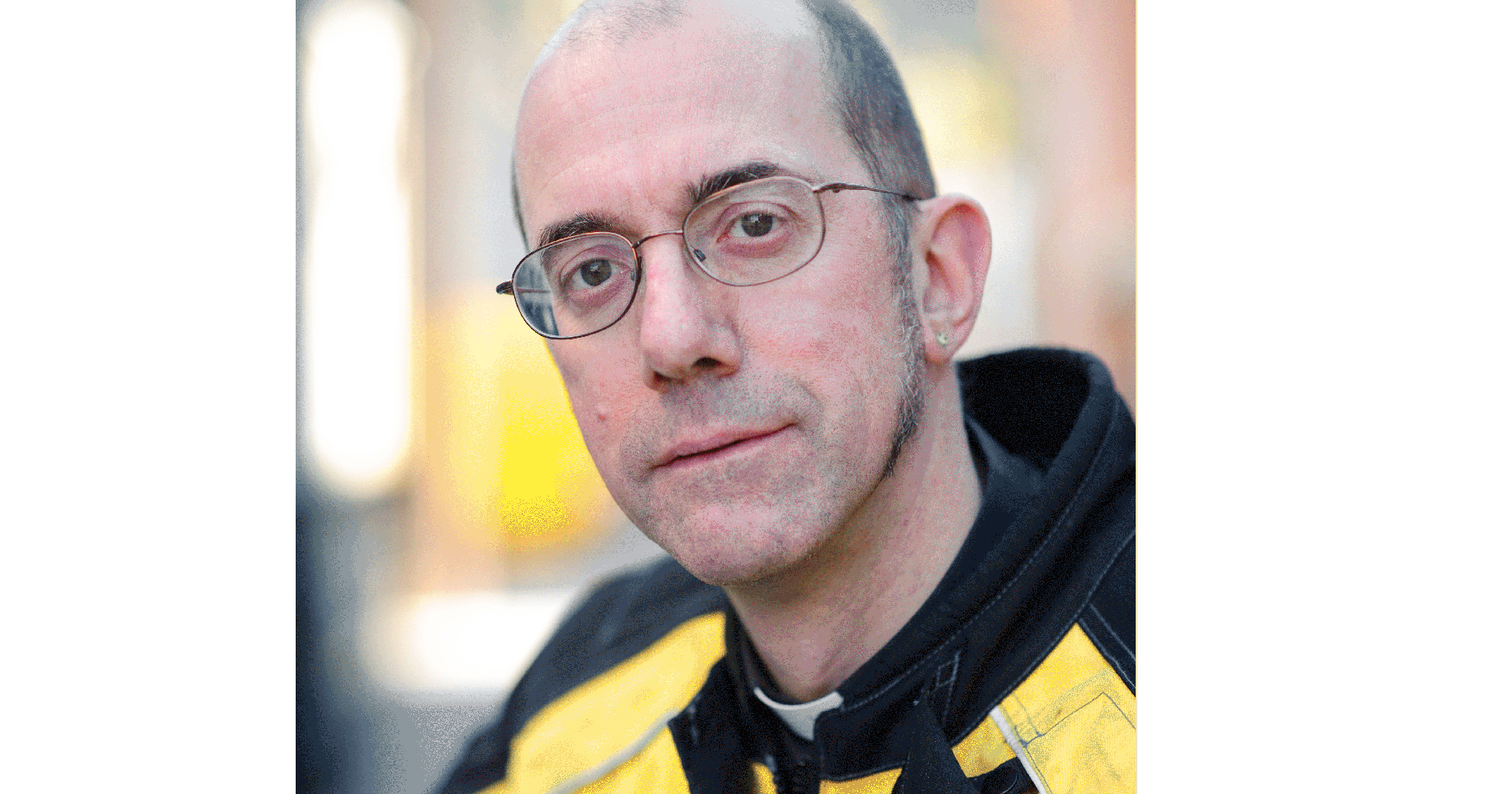Zoom
Three years ago most people would have thought a “zoomer” was someone who read the magazine for older Canadians. Today we are all zoomers. We are all connected by the technology which allows us to have meetings and even services on-line. We are familiar with “zoom – bombing” (technical glitches) even if we haven’t experienced it. We know about zoom fatigue and we are familiar with the challenges of using it – and the frequent refrain “You’re muted.”
Because of my national church work I was aware of zoom and some of its competitor’s way before COVID-19. The National church has been trying to cut its budget for decades – and travel is a significant cost in the budget. Online meetings were a way to cut the travel budget, and zoom was the best option – with the best price. We had even started to use zoom in the diocese for meetings back in 2015.
Then came COVID-19… cut off from physical meetings it seemed like the whole of our society made the switch to zoom. We all became familiar with seeing a screen of faces in front of us and with using the chat for side comments during boring moments.
For some of us this was a dream from the past come true. It was like something from Star Trek – we have video conferencing that was usable and affordable for the average person, or church. And yes, many of us had to upgrade our Internet and our computers to keep up with the new demands this technology brought. For some zoom has been a challenge. But the amazing thing is how older people have overcome the challenge; my 84 year old mum is going to writing and painting classes – on zoom!
The benefits of zoom meetings have been huge. At the start of COVID-19 the clergy of the East and West Kootenay started meeting together, on zoom. It made sense because there were relatively few of us. Then the Rev. Yme Woensdregt stepped down and I became interim regional dean for East Kootenay – a job I could do only because we could meet on zoom. But zoom made sense anyway in our region. It can take over 3 hours to drive from the furthest community to the centre of each region, and 8 hours to drive across both regions. With zoom I can have a morning meeting with Trail people, a lunchtime meeting across the diocese, and an afternoon meeting across the country with no problem.
Zoom enables us to meet more often. In the first year of COVID clergy often met each week to support each other. We are still having monthly meetings. That pattern is being repeated for many other councils, committees and groups. More work is being done.
But COVID-19 is doing more than helping the administration of the church. Many people are finding that bible studies on zoom go deeper, that they share more on zoom, than at in person meetings. The comfort of your own home promotes being relaxed. And there can be a certain safe anonymity in front of the screen. Zoom is a good tool for adult learning of many sorts. I have delivered lessons and lectures on zoom.
So now we are heading back to in-person everything… but zoom is not going away. I am having a discussion with my church committee about when we should be on zoom. Our regional clericus and regional councils will not be going back. Many services are now “hybrid” — both in-person and on-line… and our diocese is investigating starting an on-line only service.
Zoom is the single most significant positive outcome of COVID-19 for the church. And the changes and opportunities we are seeing are not finished yet…




